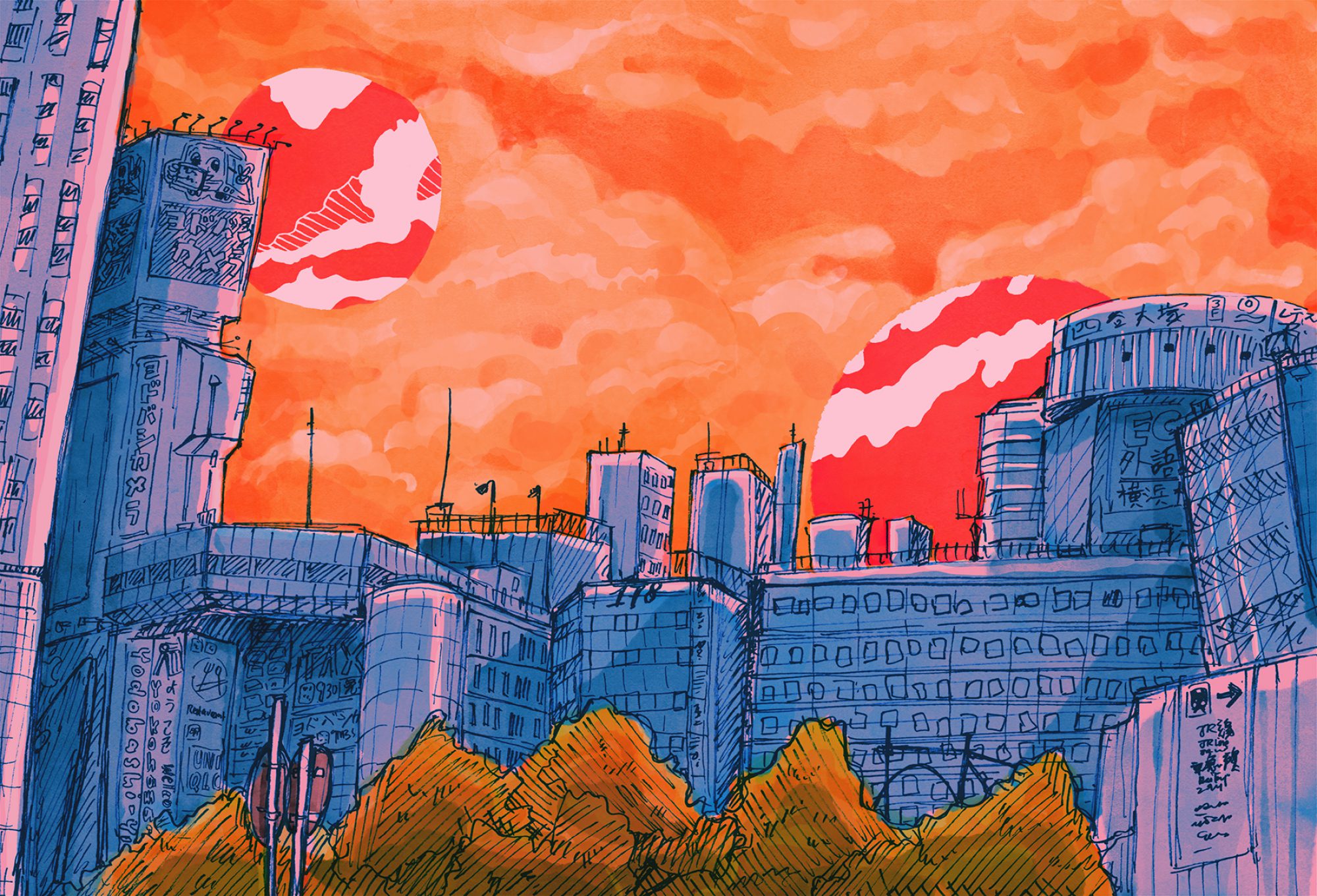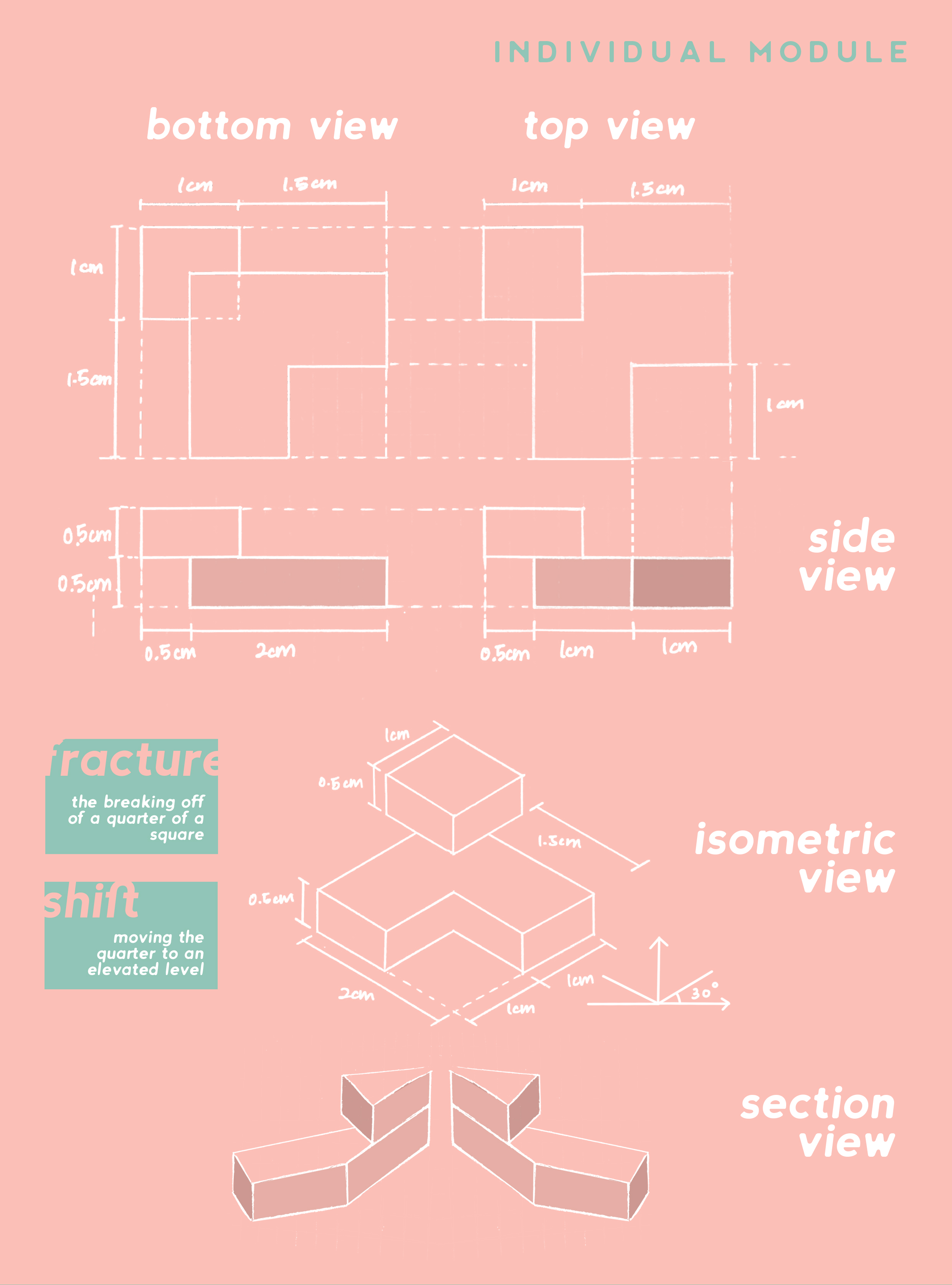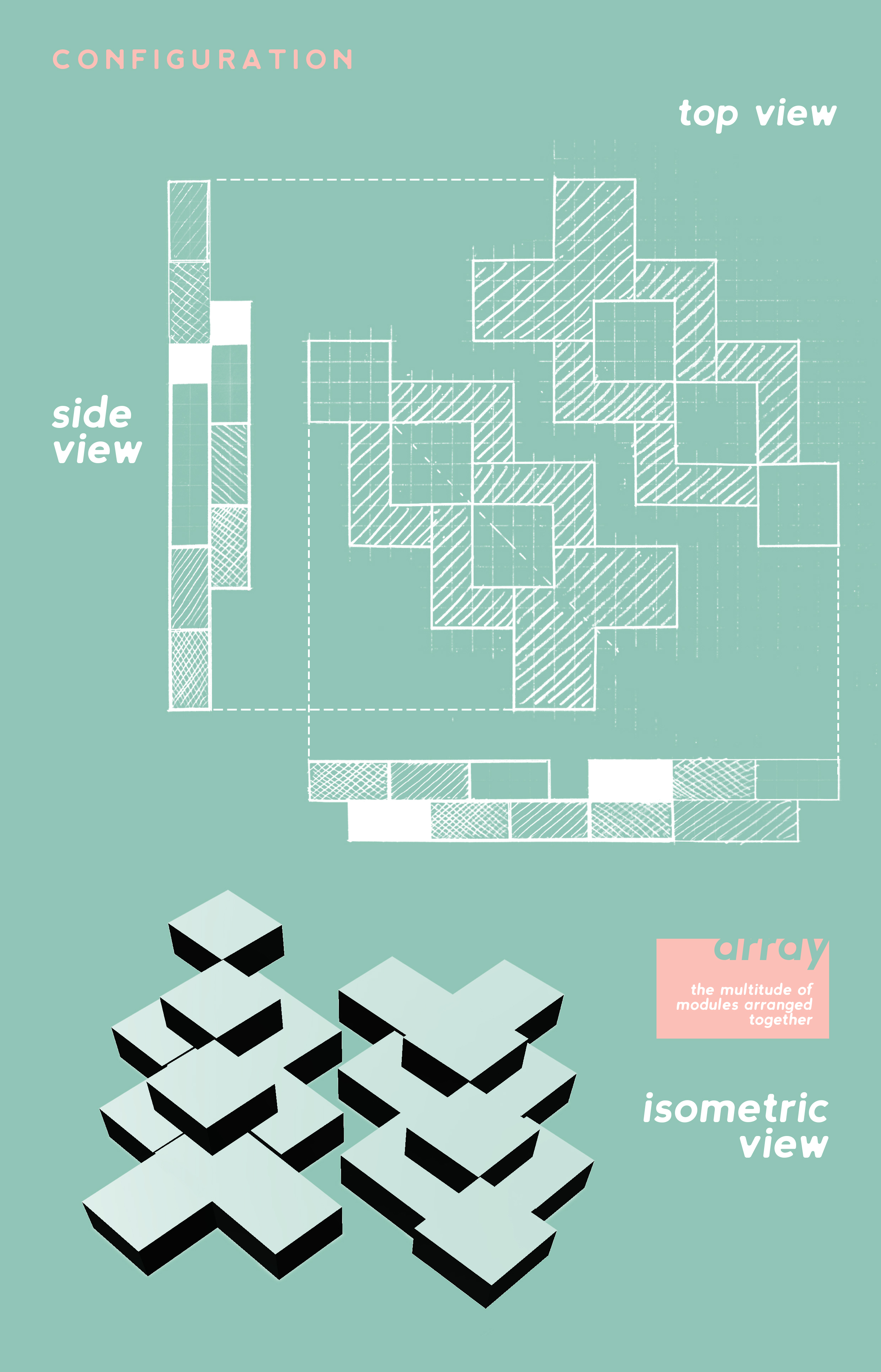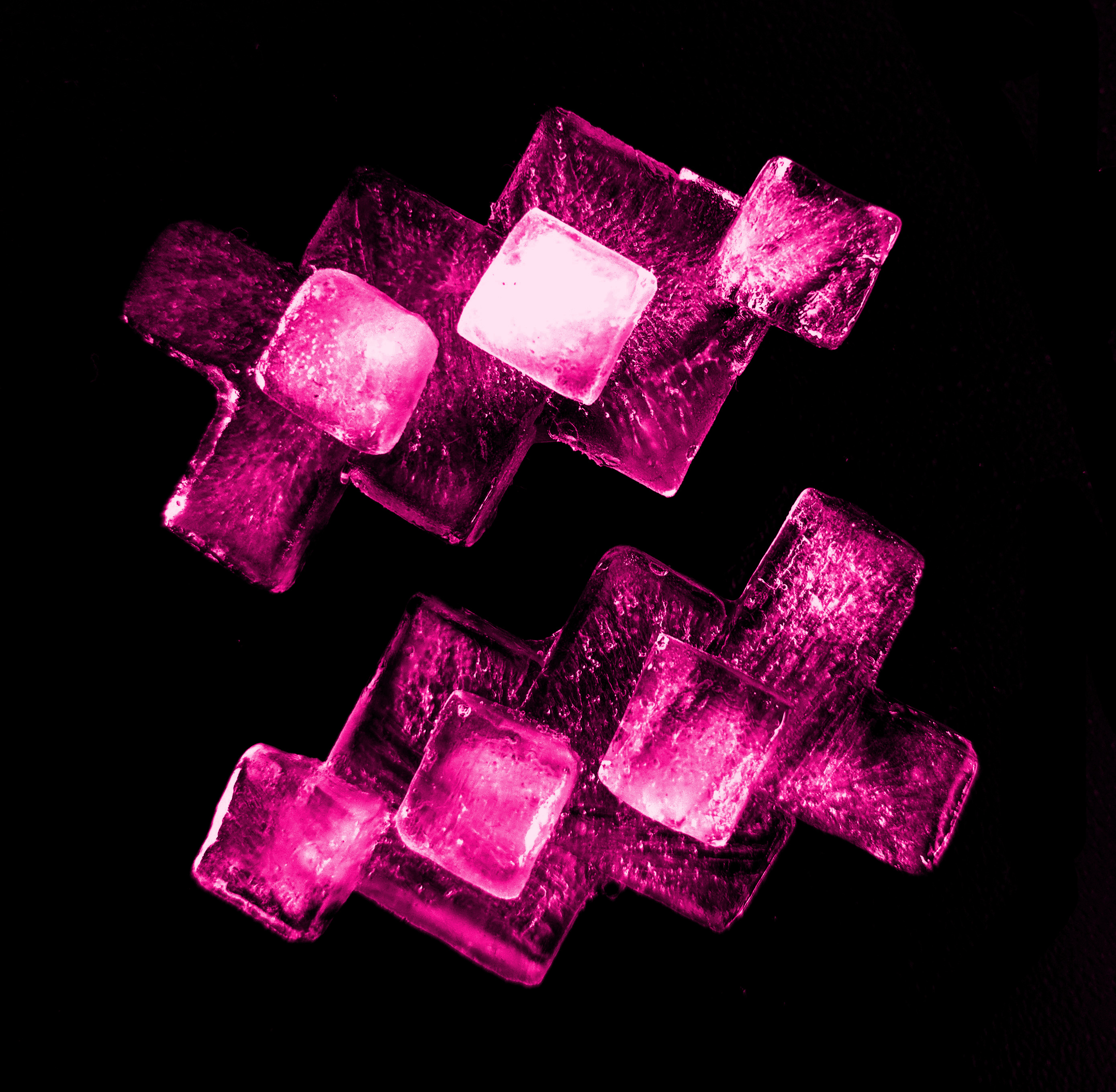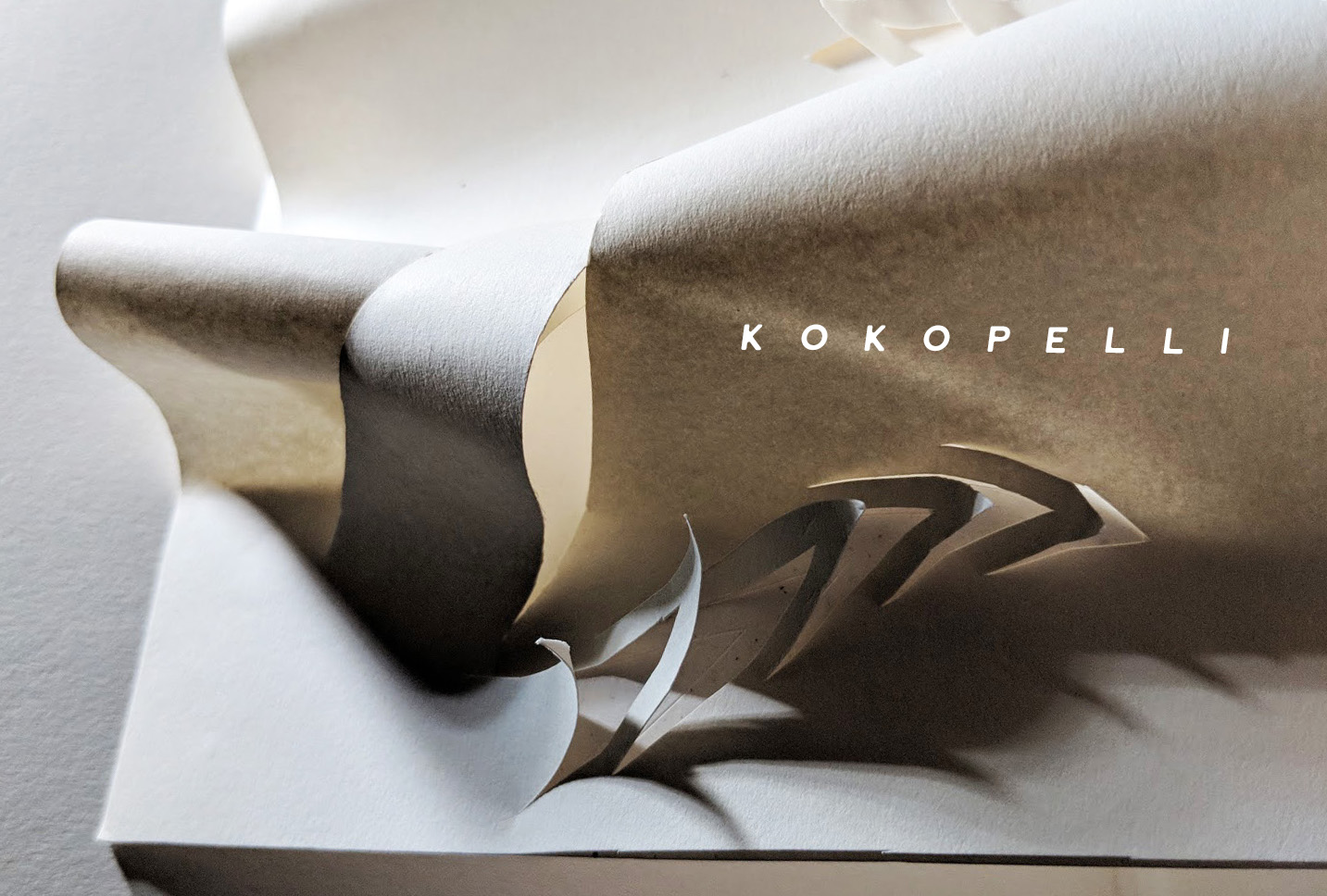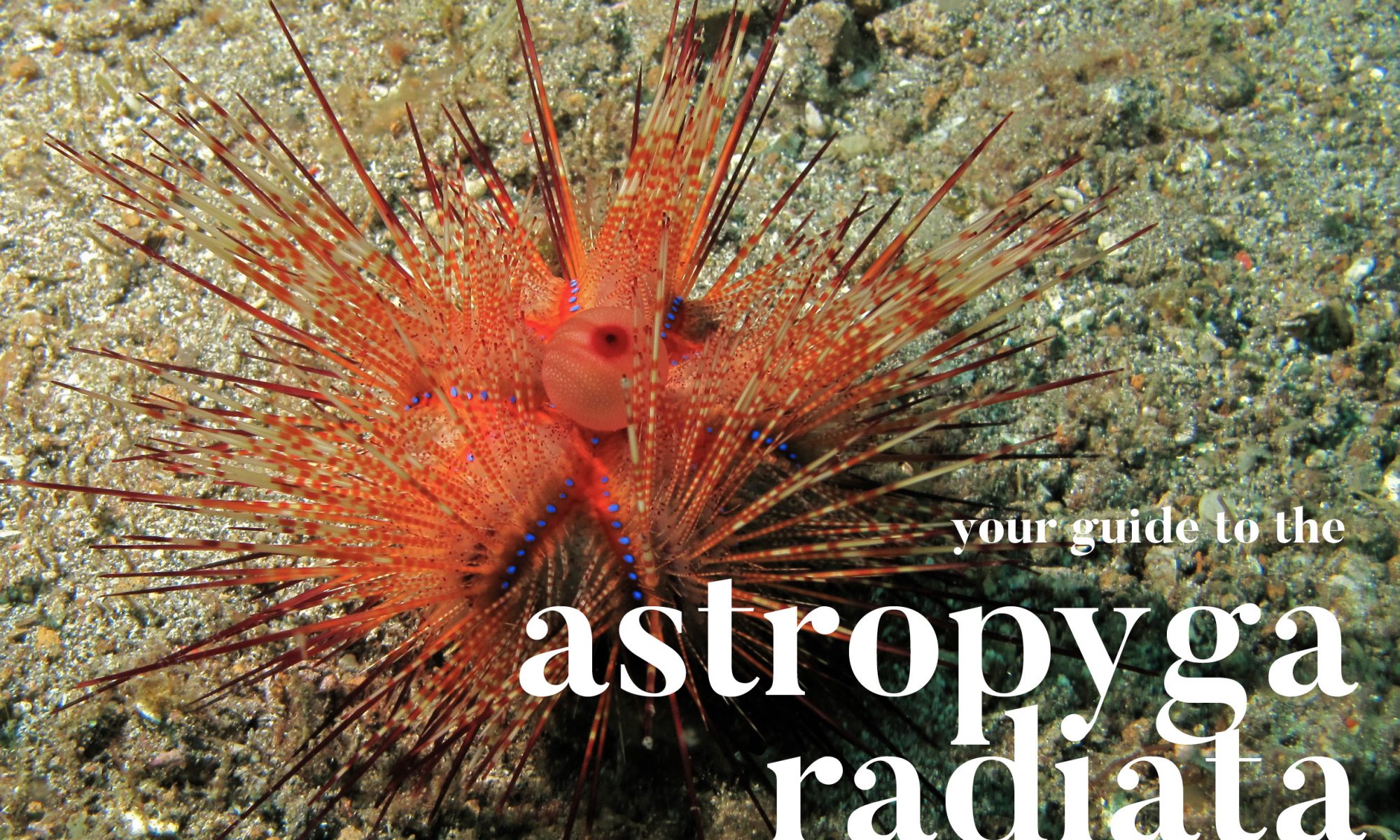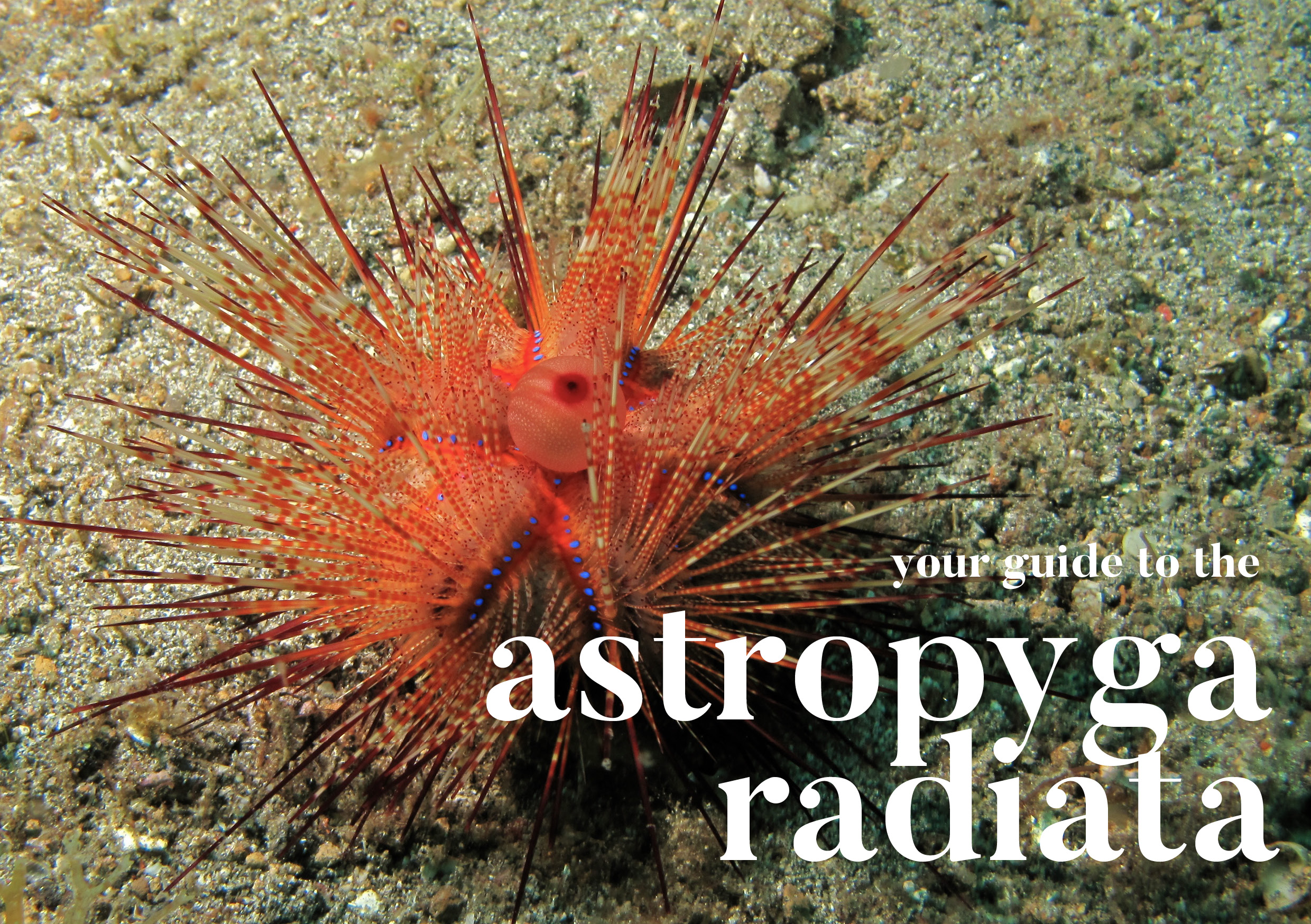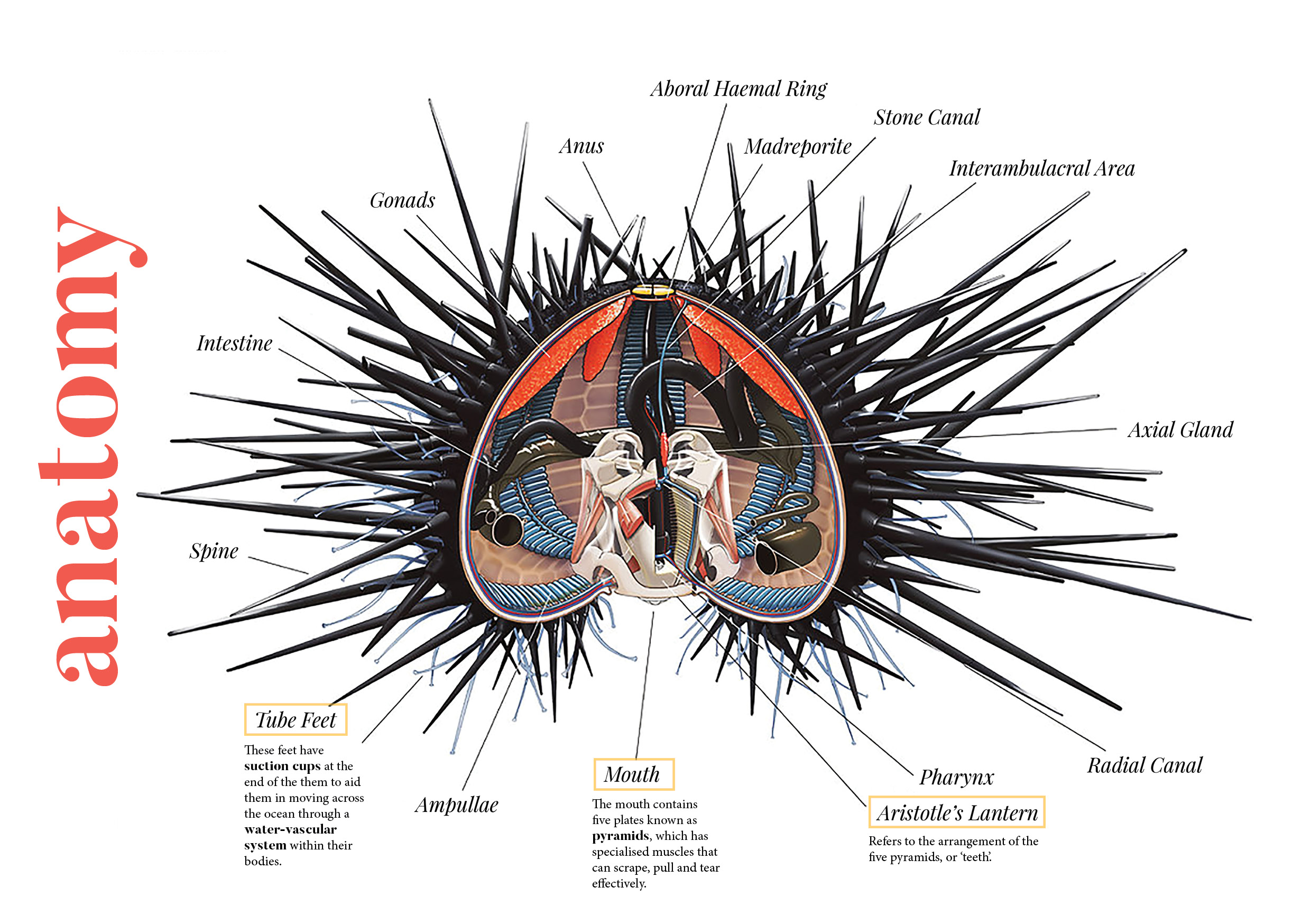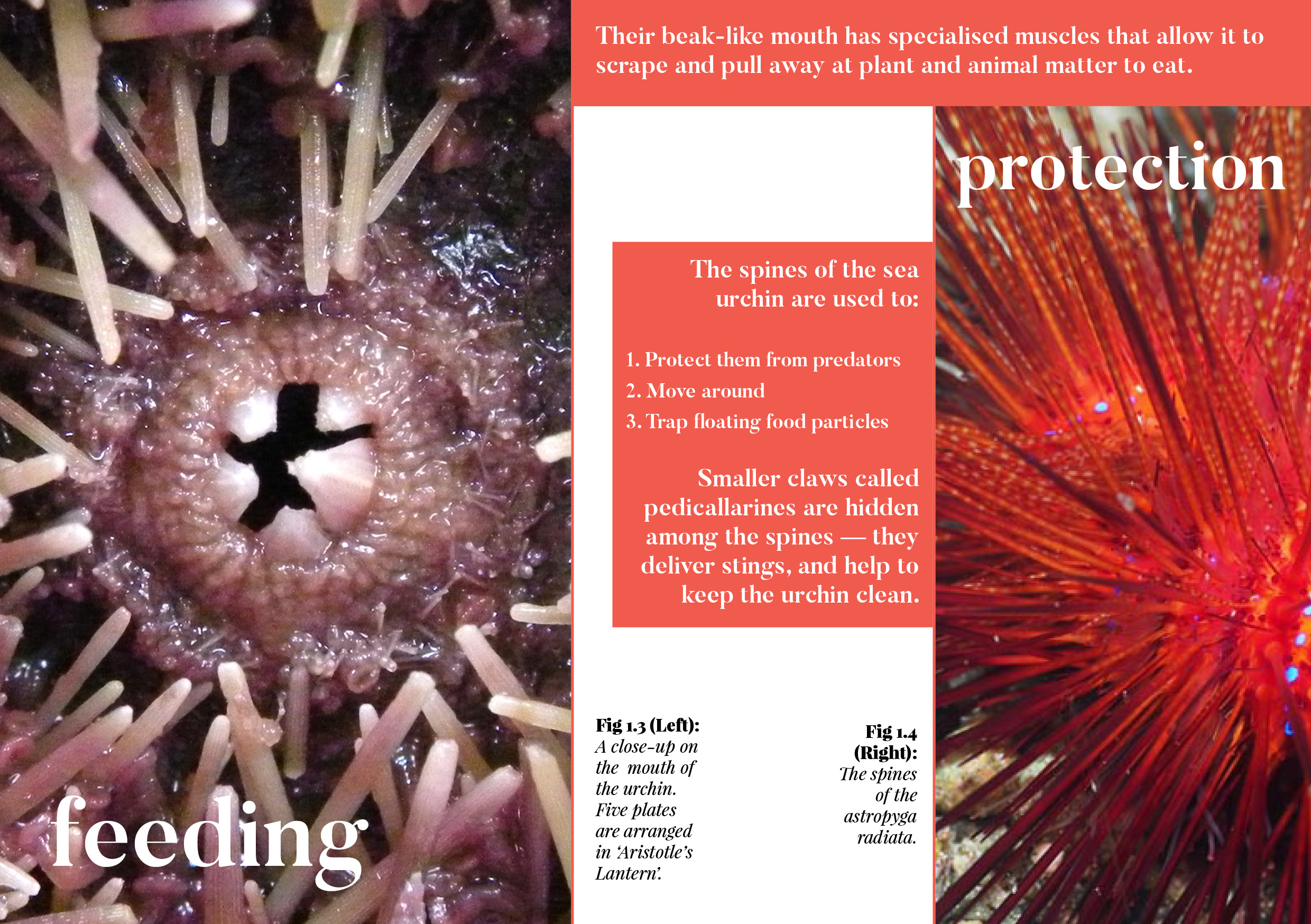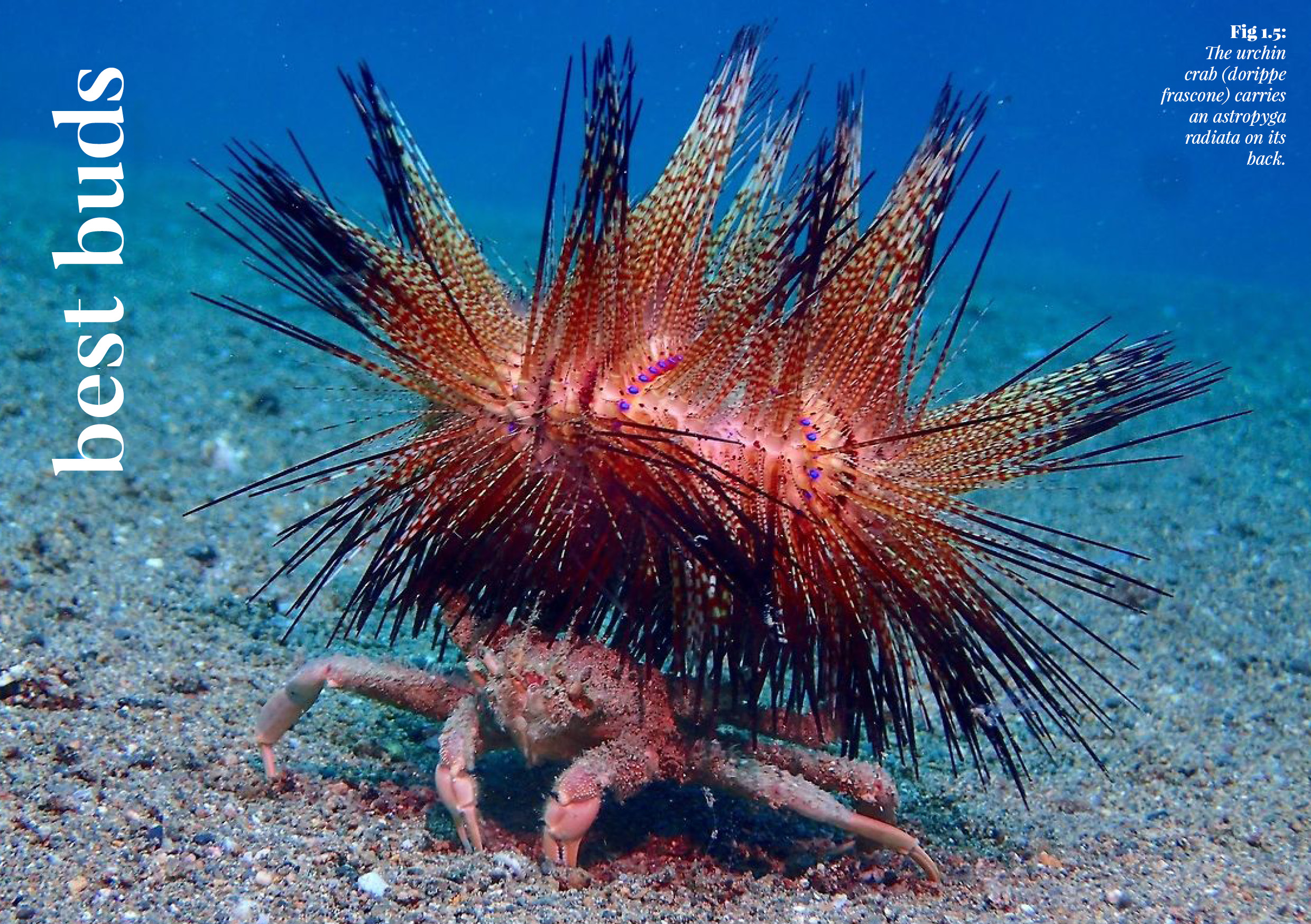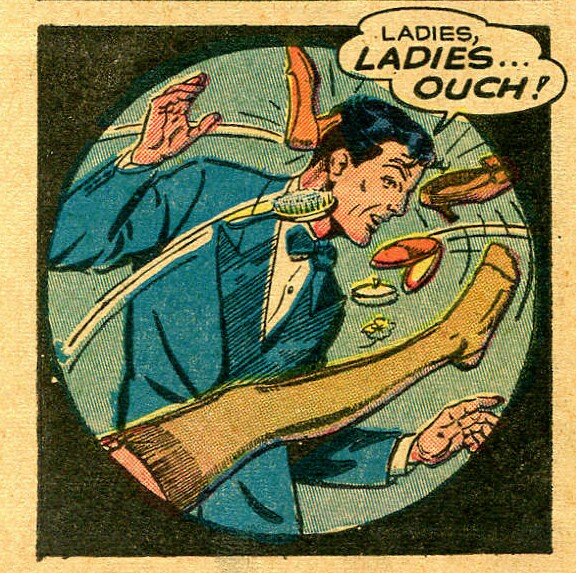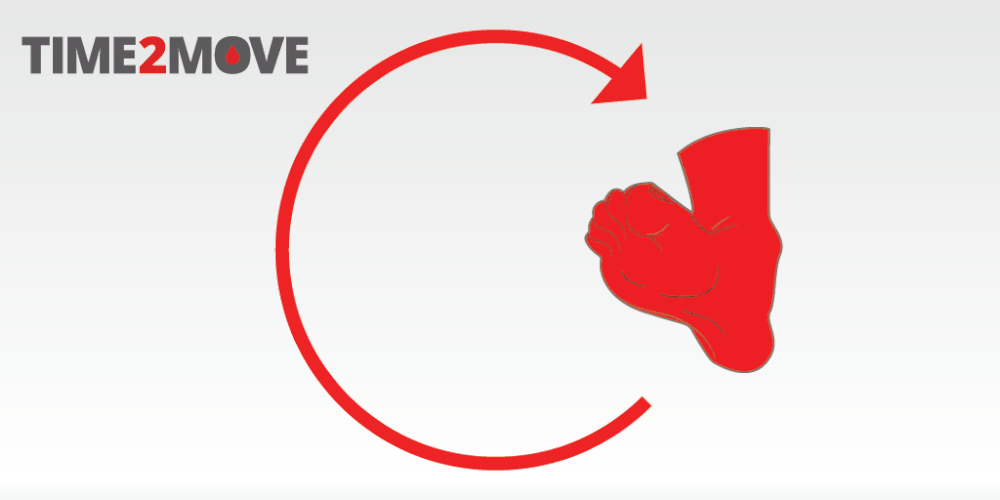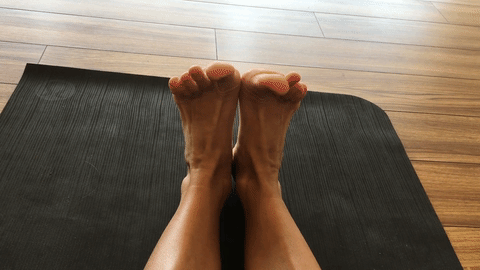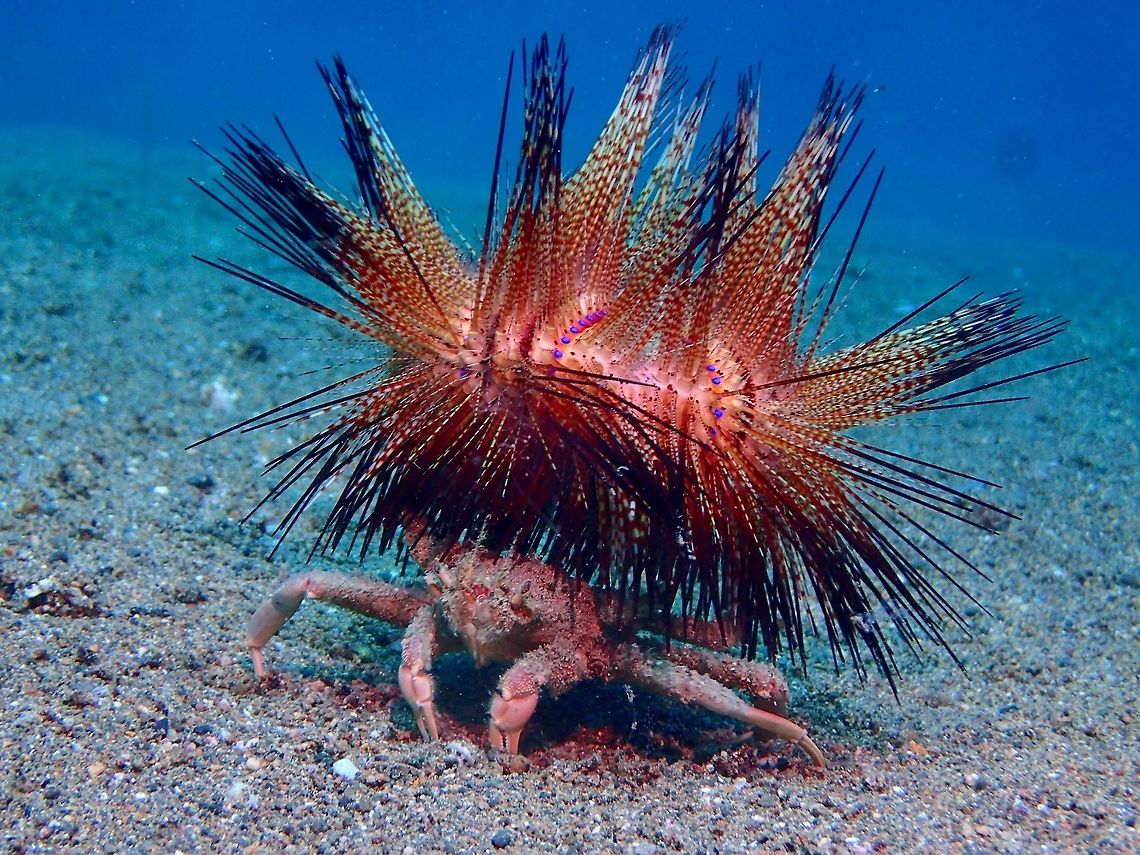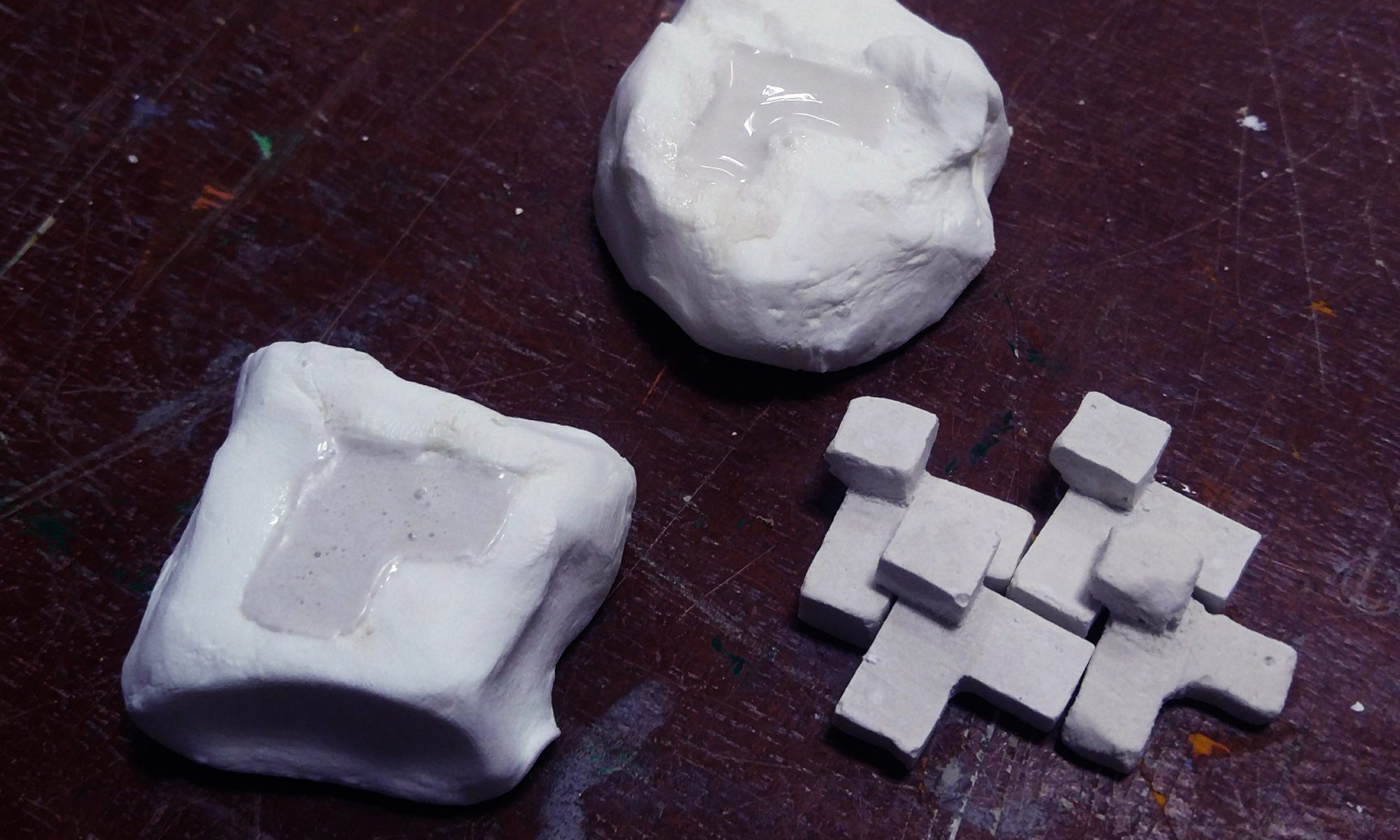View the final PDF as one file here!!
[Kokopelli’s Soundshaper] Soundscape Sculptures
Good sound
Background sound from an installation in the ADM Gallery
Bad sound
Sound of the ADM handicapped lift moving
good sound sculpture



We wanted to convey the swelling of the bass of the music, which occured twice, through the gentle swelling of the paper.
The husky saxophone sound gradually emerges into the foreground in the sound, which we depicted as a wave cutting over the swelling base.
There are twinkling bells sounds as well, which we depicted as a series of delicate cuts into the paper. They are repeated twice.
For the continuation of the analysis of the ‘Bad Sound’ sculpture, check out JJ’s post at this link:
[In the Eyes of Kinetic Beasts] Sea Urchin Research PDF
[Kokopelli’s Sound Shaper] Research!
Sup guys!! I drew the body part ‘feet’ for Kokopelli’s body part so how now brown cow. It’s time to search the re!! Research. To be honest I think there’s a whole ton of stuff you can do with your feet! But when it comes to conforming to the shape of the foot I think that narrows down our options significantly because the sole gets in the way. But anyway, here’s some things I thought of when it came to the feet, other than the very basic actions of walking and running.
ANATOMY OF THE FOOT

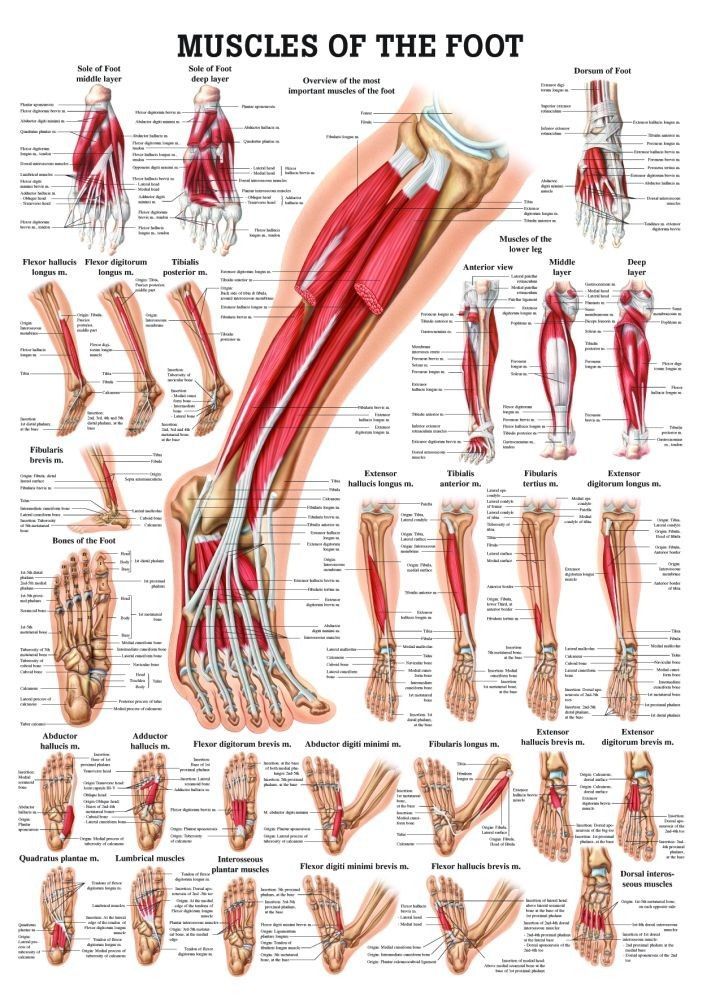
The movements the foot by itself can make:
1. Ankle Rotations
2. Toe movements:
feet in cultural dances
Cheryl had already shown some feet movements done in class with traditional Japanese ceremonies, with Japanese geisha making sweeping movements with her geta.
I also thought about marching ceremonies that have particular emphasis on the angularity of the legs in general, and suddenly recalled the most extreme version of it (HAHAHA tbh this video never fails to make me laugh):
There’s a lot of emphasis on the knees, and the soles of the foot stomping down on the ground.
I also thought of Irish tap dancing, with almost solely focuses on the foot and their shoes to generate a fast tapping and stomping rhythm (I LOVE IT ITS SO COOL HMMMMMMM):
The main parts of the foot that move would be the forefront of the sole that launches them off the ground in the dance, as well as an alternation between the forefront and back of the soles to generate the tapping noise with their shoes.
In the same vein of dancing (I’m prolly gonna be talking about dancing for quite some time) I also thought of the traditional Hawaiian hula dance which has really graceful, strong and slow footwork that involves a lot of sliding and placement, like shown in this video:
(I’ve watched it so many times) I really like what they say especially in the beginning concerning the spirit of the dance:
“And we tell our dancers, everything needs to dance. Your hair, your toenail, your eyelashes: it needs to dance.”
I think the part about braiding the leaves could also be used as a reference point for material!
And of course who could forget ballet hahahaha:
Much of the movements involve the tippy toes, like standing on them. There’s also the movement of placing the sole flat on the ground and then lifting the foot and body off the ground to stand on the toes. It’s really eye-opening to see how gruelling ballet is on a ballerina’s feet and how she casually mentions doing things like numbing the toes or taping them that seem so extreme to me when it comes to the feet. D:
If I continue to talk about the different kinds of dances I’ll probably end up with all of them though because almost all dance involves some sort of unique footwork!
From here on it’ll be about applying such motions to create sound ohno I hope it goes well ://
[In the Eyes of Kinetic Beasts] Research!
I’m paired up with Yinghui for this assignment, and the pair of creatures we got were the fire sea urchin (mine), and the urchin crab (Yinghui)!
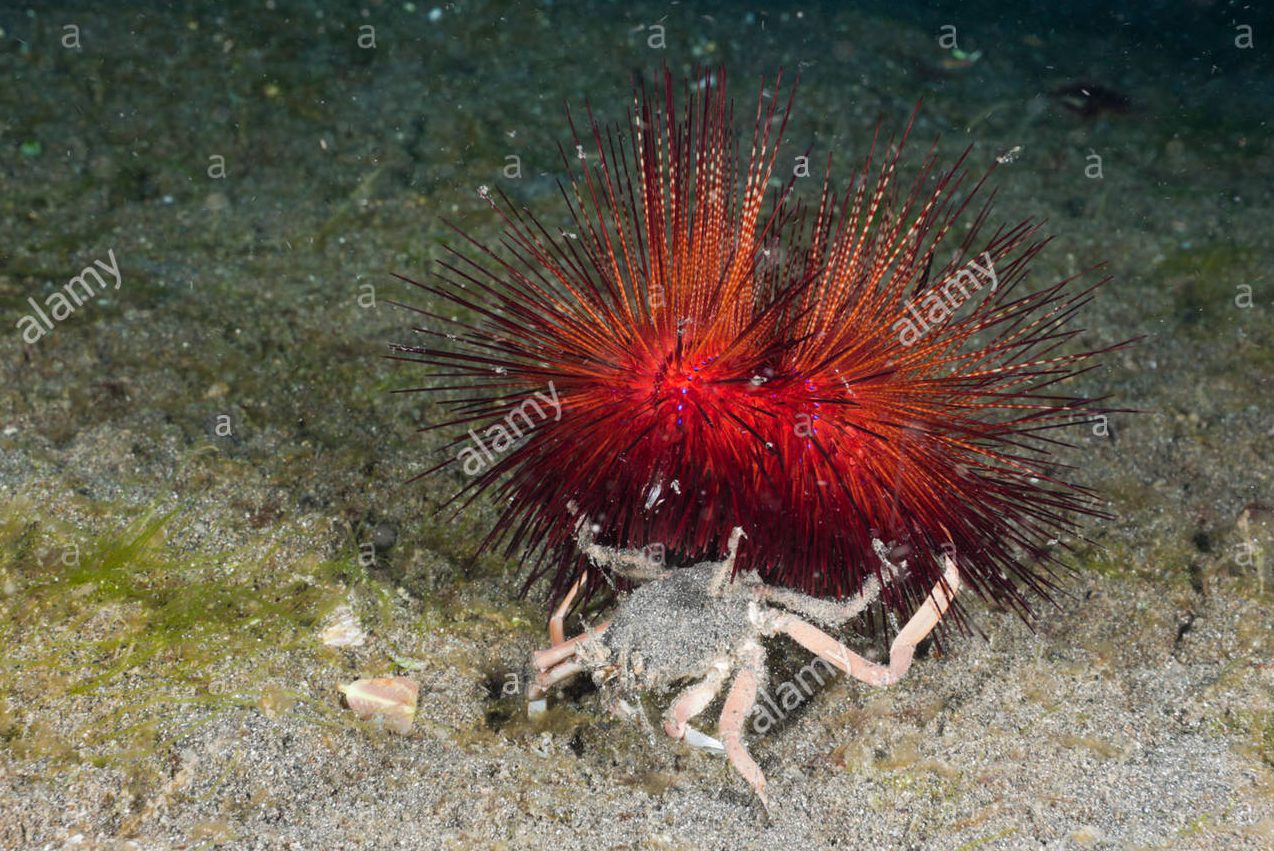
As there are a number of urchins who look like they’re on fire ahaha, I decided on the astropyga radiata, who are well-known for being ferried about by carrier crabs
range of motion and anatomy

Couldn’t find a diagram specifically for the species I’m researching on so here’s a general diagram. Urchins can’t be that different right.

https://en.wikipedia.org/wiki/File:Astropyga_radiata_Lembeh.JPG#file
Astropyga radiata is a large urchin with a test diameter (diameter of it’s hard shell) of up to 20 cm, flattened or slightly concave on the upper side. The spines are up to 4 cm long and are grouped in five vertical clusters in between which are V-shaped areas with no spines corresponding to the interambulacral plates (like plates that are…bones..from what I understand).
These bare areas are red with lines of iridescent blue dots while the colour of the rest of the test and spines varies from reddish brown to purple, dark brown or nearly black. The spines are long and hollow; they are of two kinds, the shorter being venomous.
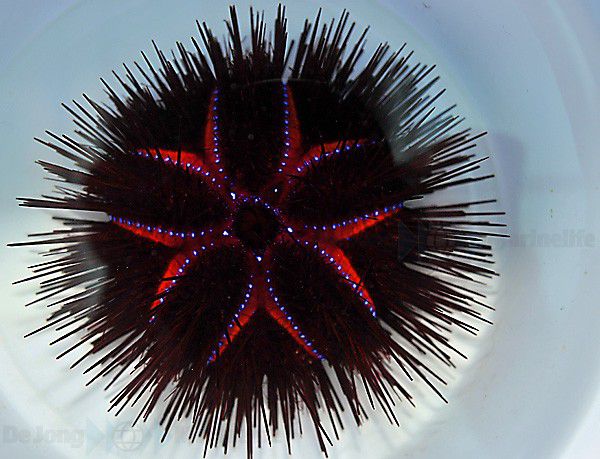
Astropyga radiata is mostly nocturnal and feeds by grazing on algae. The mouth is at the centre of its bottom surface where there are five powerful teeth in an arrangement known as an Aristotle’s lantern. It is surrounded by lips of softer tissue, with numerous small, embedded bony pieces. The jaw apparatus consists of five strong arrow-shaped plates known as pyramids, with a hard tooth pointing towards the centre of the mouth. Specialised muscles control the protrusion of the apparatus and the action of the teeth, and the animal can grasp, scrape, pull and tear very effectively.

This urchin is light sensitive and can angle its spines towards an approaching threatening object.
Generally, urchins move slowly through the use of their tube feet on it’s underside.
Watch from 0:41 to see the tube feet in action!! Like little suction cups that wave around.
two key senses for its survival
- Its sense of touch for its tube feet in order to move around
- ????? it cant see or hear or smell……maybe it can taste but its not necessary for survival……..
Relationship between the urchin and the crab
One of SYMBIOSIS! The crab’s scientific name is dorippe frascone, btw.
AAHAHAH I found this cute educational cartoon about their relationship. The song just summarises everything:
(The urchin is grossly small here compared to real life though)
| Relationship | Symbiotic |
| How? | The urchin crab sits on top of the carrier crab, who…carries..it..across the ocean floor like a good pal. |
| Benefits for the urchin | Urchin gets to travel around faster, thus being transported to new feeding grounds. More food!! Mmmm 🙂 |
| Benefits for the crab | The urchin makes the crab look more predatory, and protects it from predators like fish, with its long and venomous spines. It also isn’t too heavy to carry! |
[Pandora Revisited] Technical Drawings and Mould Casting!
Hey guys!! Here’s the first post for Form and Visualisation in Sem 1.2!!!
For this project, we focus on rectilinear forms while trying to align them with three keywords. As I am literally starving for time because of hall stuff I’m just gonna dive in without the usual drivel that I usually post ahahahahaha :’)
theme words
- Fracture
- Shift
- Array
TECHNICAL DRAWINGS FOR MODULES
MODULE 1
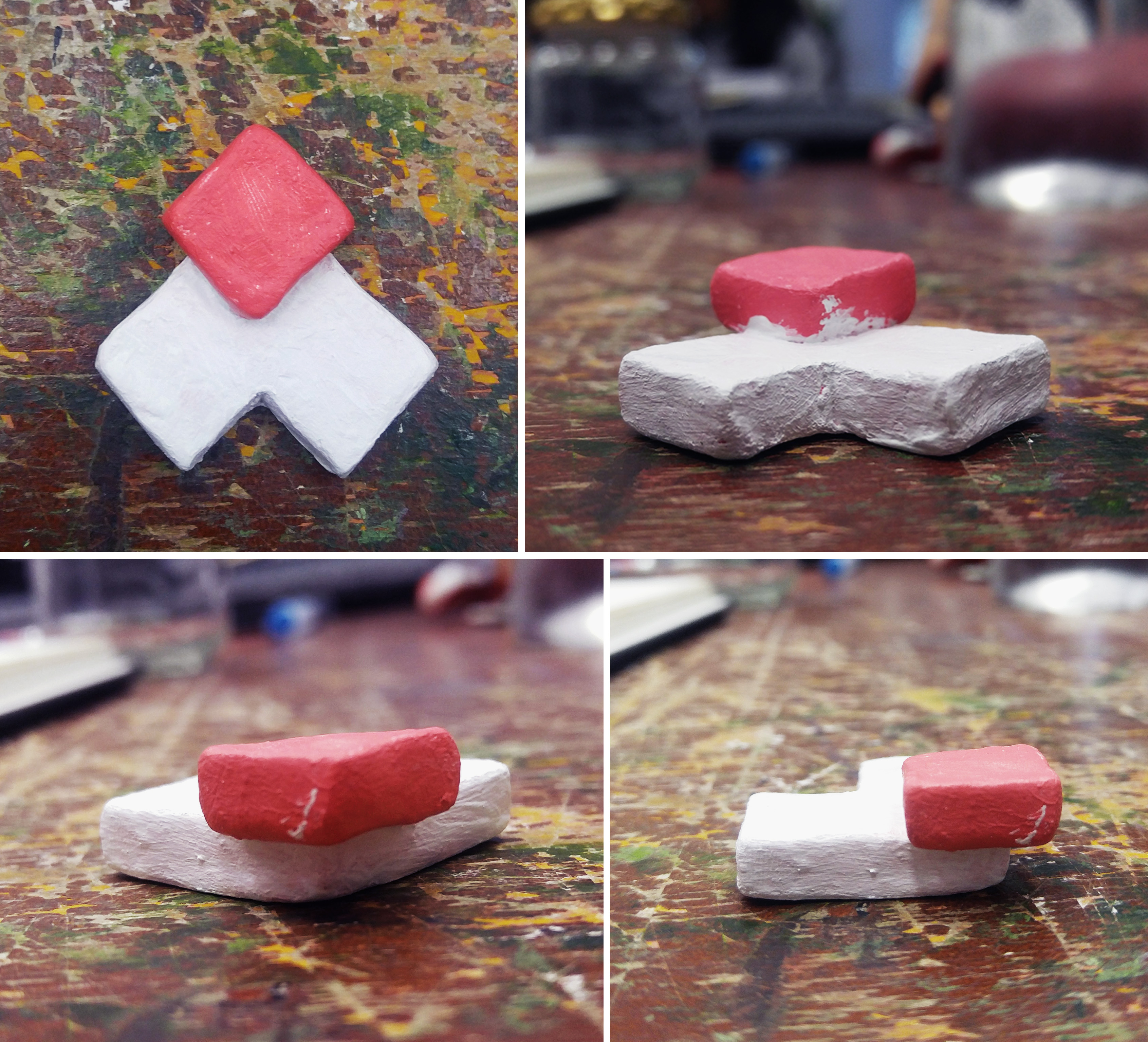

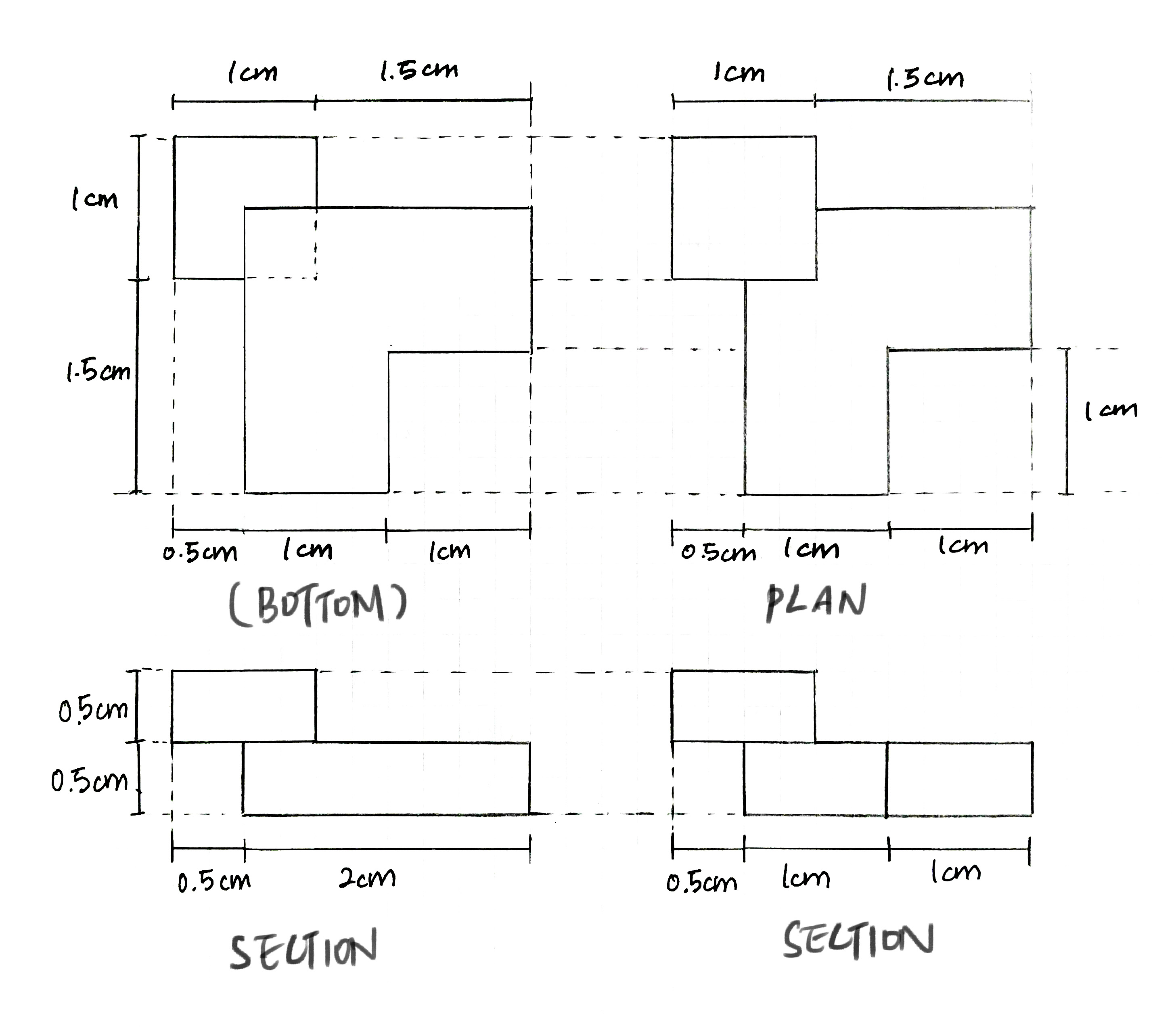
module 2
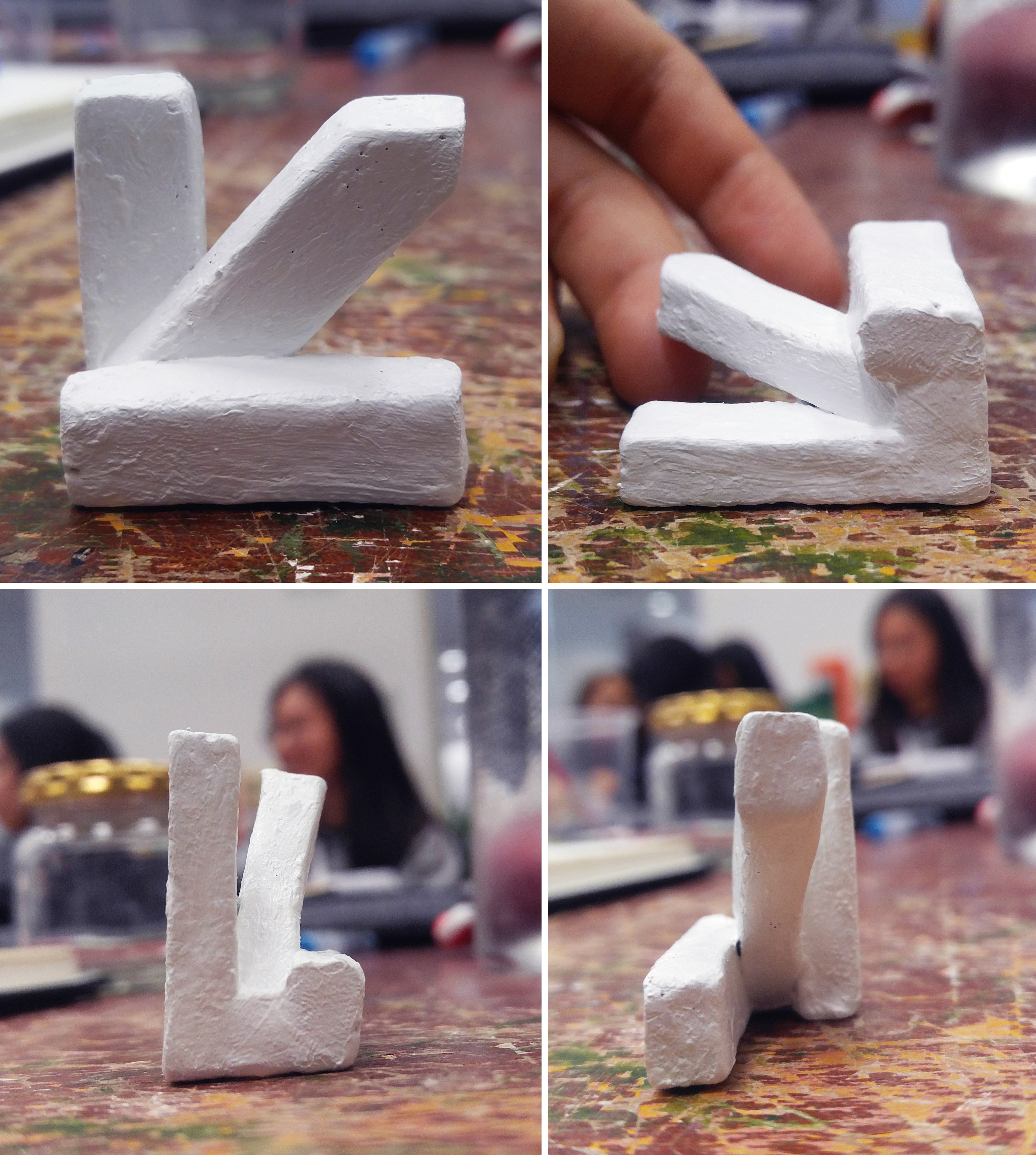

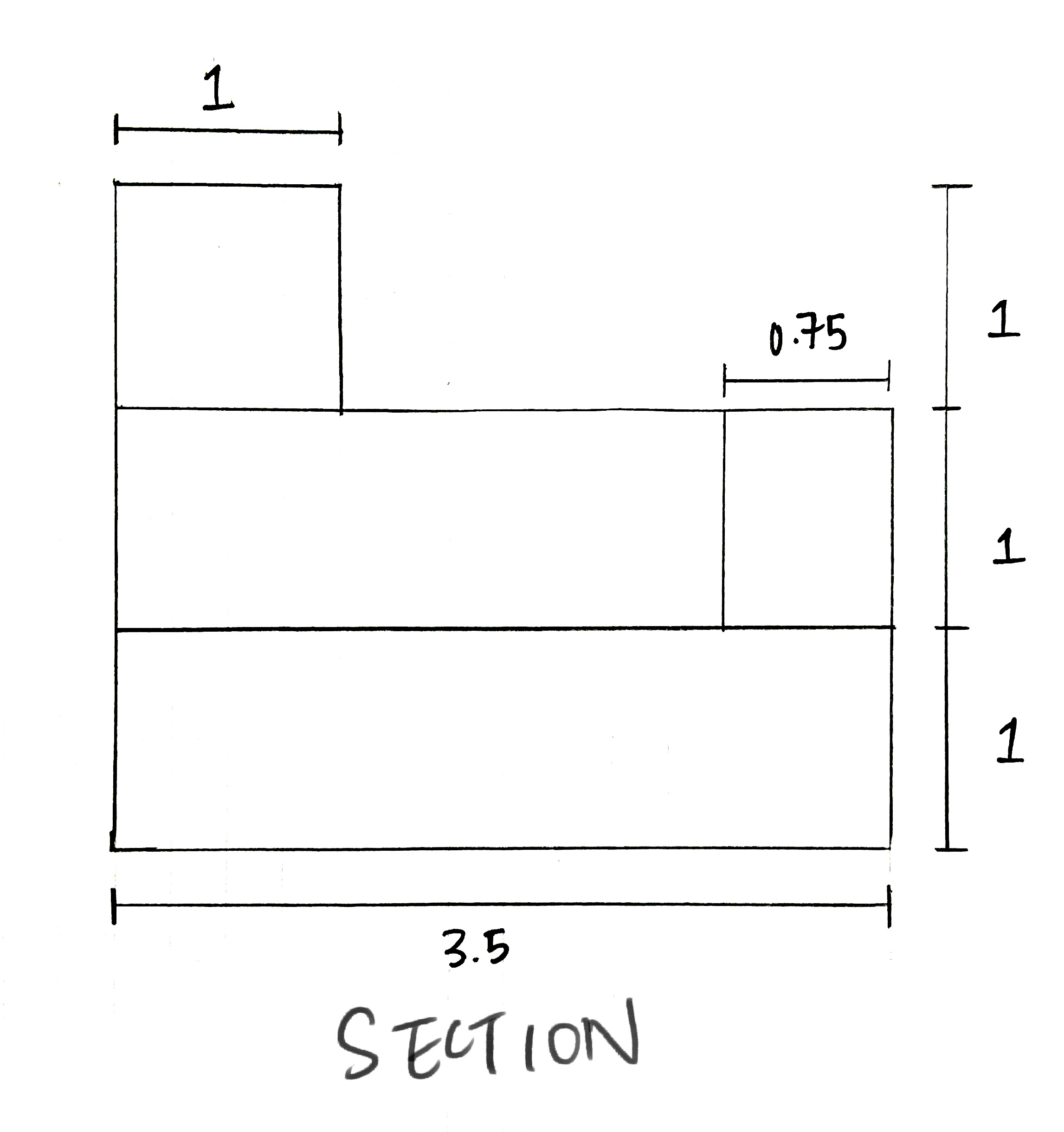
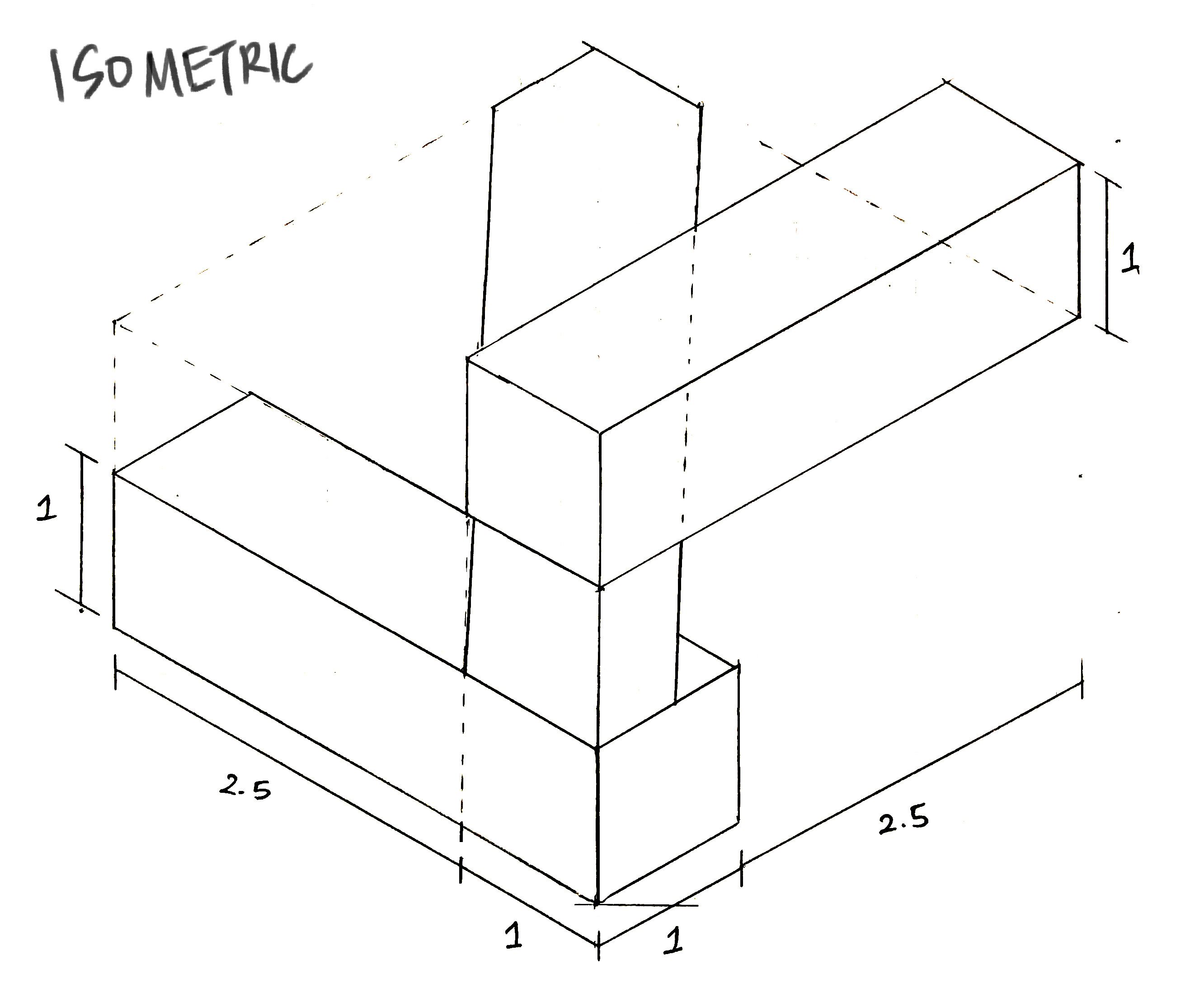
mODULE 3
(Unfortunately I don’t have time to do additional orthographic drawings for this last one sorry Cheryl hope it’s okay D: )
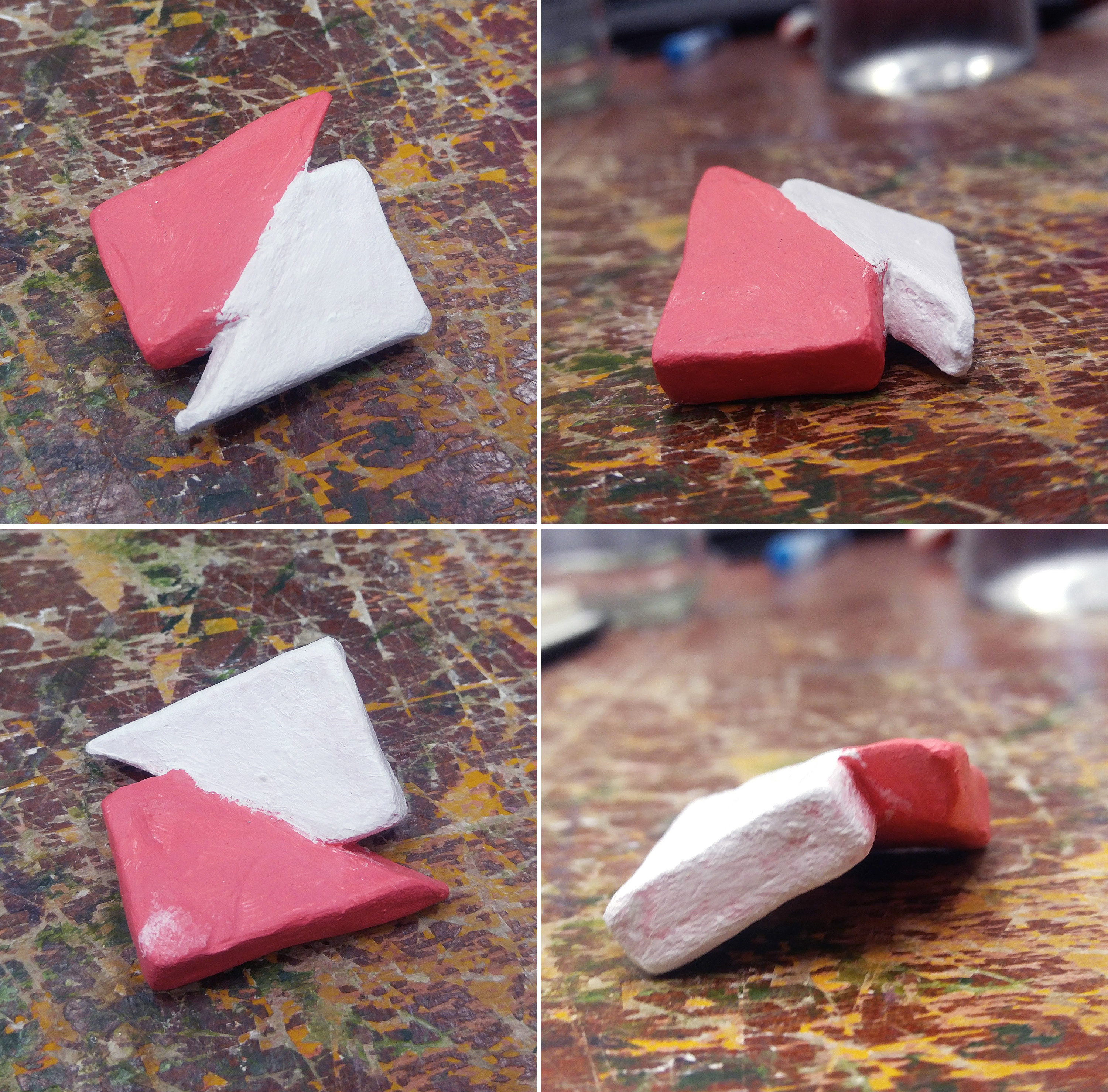
Continue reading “[Pandora Revisited] Technical Drawings and Mould Casting!”
